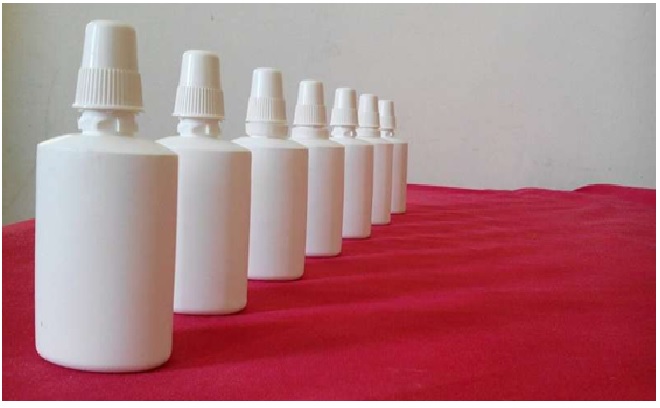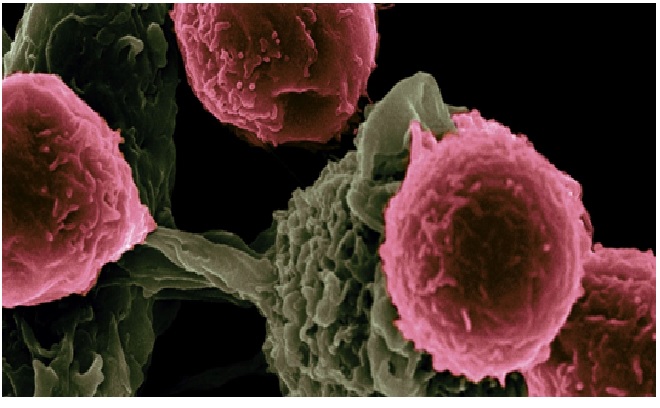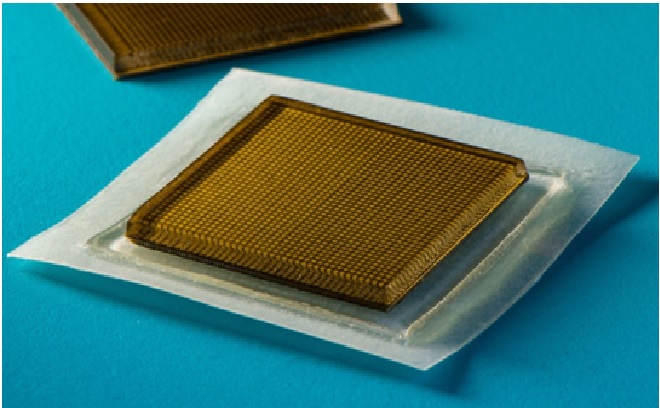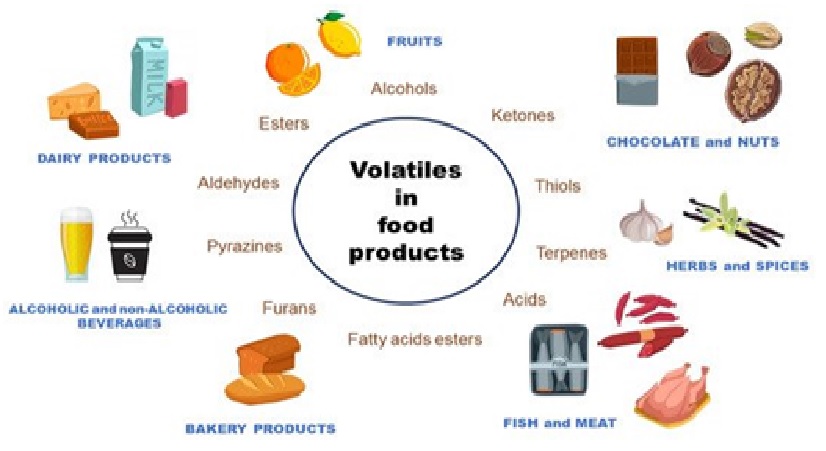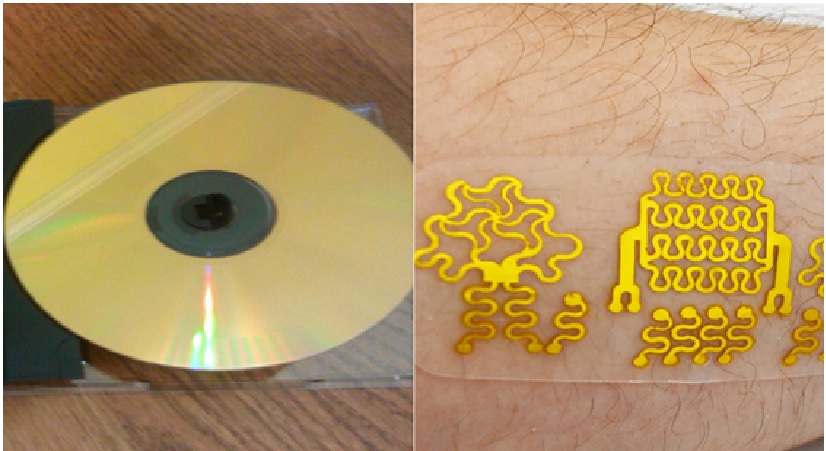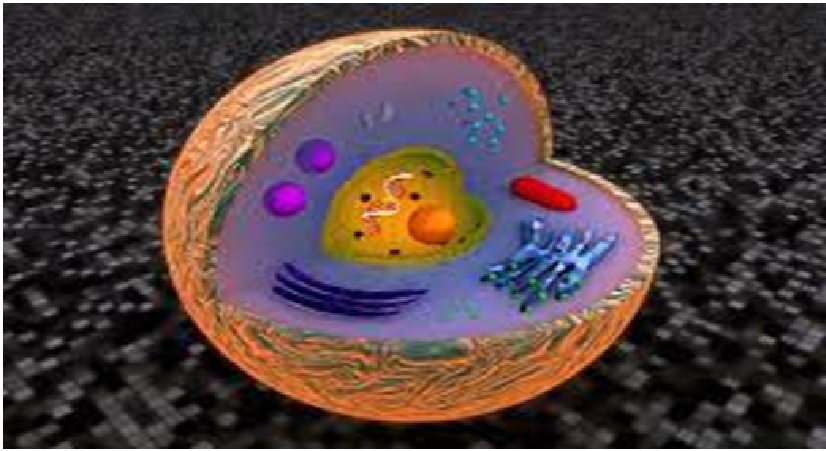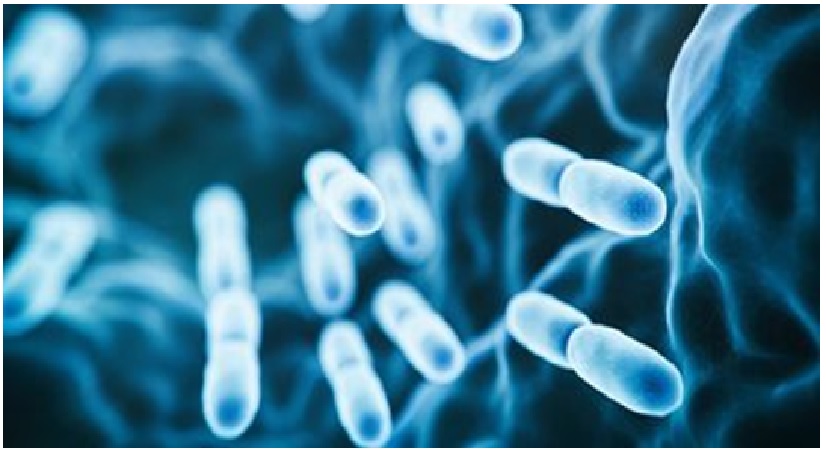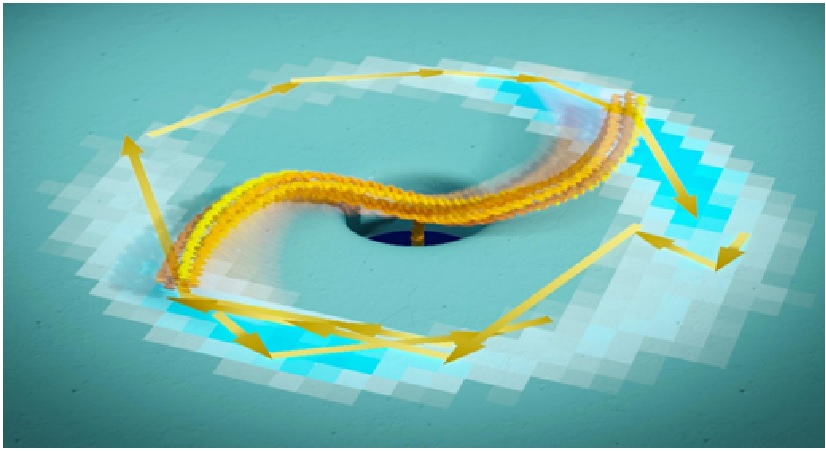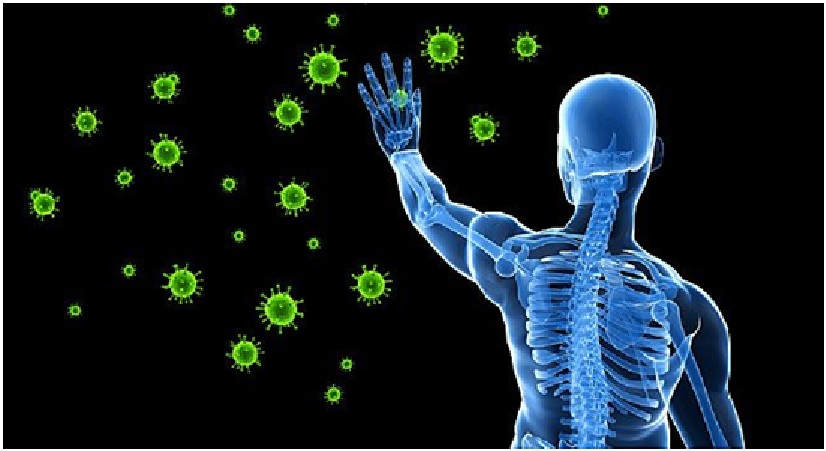New Method to Promote Biofilm Formation and Increase Efficiency of Biocatalysis
Birmingham scientists have uncovered a new method to improve the efficiency of biocatalysis in a paper published today in Materials Horizons.
Biocatalysis uses enzymes, cells, or microbes to catalyze chemical reactions, and is used in settings such as the food and chemical industries to produce products that cannot be synthesized chemically. It can produce pharmaceuticals, fine chemicals or food ingredients on an industrial scale. [1]

Figure 1. New method to promote biofilm formation and increase efficiency of biocatalysis
Figure 1 shows however a major challenge in biocatalysis is that the most commonly used microbes, such as probiotics and non-pathogenic strains of Escherichia coli, are not necessarily good at forming biofilms, the growth promoting ecosystems that form a protective micro-environment around communities of microbes and increase their resilience and so boost productivity.
This problem is normally solved by genetic engineering, but researchers Dr Tim Overton from the university’s School of Chemical Engineering, and Dr Francisco Fernández Trillo from the School of Chemistry, both of whom are members of the Institute of Microbiology and Infection, set out to create an alternative method to bypass this costly and time-consuming process. [2]
This screening revealed the chemistries that are best suited to stimulating biofilm formation. Hydrophobic polymers outperformed mildly cationic polymers, with aromatic and heteroaromatic derivatives performing much better than the equivalent aliphatic polymers.
The researchers then monitored the biomass and biocatalytic activity of both strains incubated the presence of these polymers, and found that MC4100 matched and even outperformed PHL644. [3]
"These synthetic polymers may bypass the need to introduce the traits for biofilm formation through gene editing, which is costly, time-consuming, non-reversible and requires a skilled person in microbiology to implement it. We believe this approach has an impact beyond biofilms for biocatalysis. A similar strategy could be employed to identify candidate polymers for other microorganisms such as probiotics or yeasts, and develop new applications in food science, agriculture, bioremediation or health." [4]
References:
- https://newsprepare.com/2022/08/02/new-method-to-promote-biofilm-formation-and-increase-efficiency-of-biocatalysis-sciencedaily/
- https://indiaeducationdiary.in/university-of-birmingham-new-method-to-promote-biofilm-formation-and-increase-efficiency-of-biocatalysis/
- https://www.birmingham.ac.uk/news/2022/new-method-to-promote-biofilm-formation-and-increase-efficiency-of-biocatalysis
- https://www.sciencedaily.com/releases/2022/08/220801102934.htm
Cite this article:
Thanusri swetha J (2022), New Method to Promote Biofilm Formation and Increase Efficiency of Biocatalysis, AnaTechMaz, pp.71


